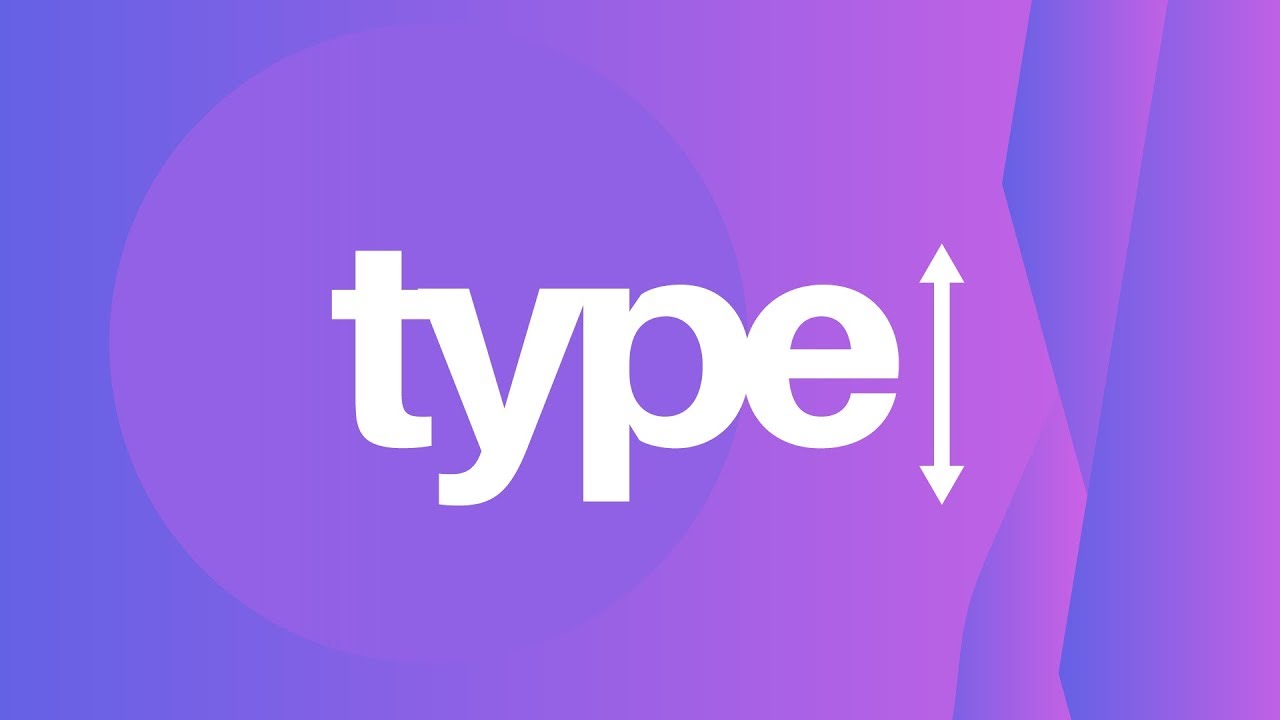Imagine yourself walking into a beautifully designed room, with every element carefully arranged to create a harmonious and inviting space. Just like in interior design, typography plays a crucial role in creating visually pleasing and readable content. But what exactly is the golden rule of typography? How can it elevate your design skills and make your message stand out? In this discussion, we will uncover the secrets behind this rule and explore how it can transform the way you communicate visually. Get ready to discover the key to unlocking the true potential of typography and take your designs to the next level.
Importance of Typography
Typography plays a vital role in design, shaping the visual appeal and readability of text. It is not just about choosing a font or arranging letters; it has a significant impact on user experience. In graphic design, typography sets the tone and mood of a design, conveying meaning and creating visual impact. It helps establish hierarchy and guide the viewer’s attention. Typography trends constantly evolve, with new styles and techniques emerging. It is crucial to stay updated with these trends to create modern and engaging designs. Moreover, typography plays a crucial role in accessibility. It is important to consider contrast, font size, and readability for users with visual impairments. In advertising, typography is a powerful tool to communicate brand messages effectively. The right choice of typeface, font size, and alignment can enhance the impact of advertising campaigns. Overall, typography is a fundamental element in design, influencing user experience, branding, accessibility, and advertising. By paying attention to typography, designers can create visually appealing and effective designs that engage and communicate with their audience.
Font and Typeface Selection
When selecting a font and typeface for your design, it is important to choose one that reflects your brand’s style and communicates effectively with your audience. Here are three key considerations to keep in mind:
- Font Pairing: Selecting complementary fonts can enhance the visual appeal of your design. Pairing fonts with different styles, such as a serif font for headings and a sans-serif font for body copy, can create a pleasing contrast and improve readability.
- Font Hierarchy: Establishing a clear hierarchy in your typography helps guide the reader’s attention and emphasizes important information. Use font size, weight, and style variations to differentiate headings, subheadings, and body text, ensuring that the most important elements stand out.
- Font Legibility: Prioritize legibility by choosing fonts that are easy to read, even at smaller sizes. Consider factors such as letter spacing, stroke contrast, and x-height to ensure clarity. Test the legibility of your chosen fonts on different devices and screens to ensure a consistent reading experience.
Alignment Techniques
To maintain a natural flow of reading and enhance readability, aligning your typography to the left axis is recommended. Left alignment follows the natural flow of reading from left to right and top to bottom. It creates a consistent and organized appearance in your layout. However, there are cases where breaking the left alignment can be purposeful and impactful. Center alignment, for example, can be used to highlight specific text and draw attention to it. Right alignment, on the other hand, is less common but can be used for artistic purposes or to create visual interest. Justified text, where both left and right edges are aligned, is another option to consider. However, it should be used with caution as it can sometimes lead to uneven spacing and impact readability. When choosing an alignment technique, it is important to consider readability factors and the overall impact on design. Consistency in alignment across all text elements is key to maintaining a cohesive and visually appealing composition.
Importance of Spacing
Spacing plays a crucial role in typography, enhancing readability and guiding the eye through the content. Proper spacing techniques ensure a clear visual hierarchy and mindful organization of the text. Here are three important considerations when it comes to spacing:
- Letter and Word Spacing: Adequate spacing between letters and words is essential for legibility. Too little space can cause letters to blend together, making it difficult to read. On the other hand, too much space can disrupt the flow and coherence of the text. Finding the right balance ensures that each letter and word is distinct and easy to comprehend.
- Line Spacing: The spacing between lines of text, also known as leading, affects the overall readability of the content. Sufficient line spacing allows the reader’s eye to move smoothly from one line to the next without getting lost. It also helps differentiate between paragraphs and sections, providing a clear visual separation.
- Paragraph and Margin Spacing: Proper spacing between paragraphs and margins contributes to the overall organization and structure of the text. It aids in creating a clean and balanced layout, making it easier for readers to navigate and understand the content. Mindful consideration of paragraph and margin spacing ensures a visually appealing and harmonious design.
Typography and Branding
Typography plays a crucial role in branding, shaping the visual perception of a brand and contributing to its overall identity and recognition. When it comes to typography and branding, font style is a key factor in establishing the desired visual representation of a brand. The choice of font style can evoke different emotions and convey specific brand attributes. For example, a bold and modern font may communicate a sense of innovation and cutting-edge technology, while a classic serif font may evoke a sense of tradition and elegance.
Consistency in typography is also essential for establishing and reinforcing brand identity. By using the same font consistently across all brand materials, from websites to packaging, businesses can create a cohesive and recognizable brand identity. This consistency helps build trust and familiarity with consumers, as they associate the chosen font with the brand.
Furthermore, font consistency ensures that the visual perception of the brand remains intact. Mixing and matching fonts can create confusion and dilute the brand’s message. It is important to choose one font that aligns with the brand’s image and stick to it throughout all brand communications. This consistency in font style contributes to the overall recognition and memorability of the brand.
Following Typography Rules
Following the golden rules of typography leads to better readability and visual appeal, ensuring that your type design effectively conveys your intended message. To achieve this, it is important to adhere to typography guidelines and consider various readability factors. Here are three key aspects to focus on:
- Font Pairing: Choose fonts that complement each other and create a harmonious visual effect. Pair a decorative or attention-grabbing font for headings with a more legible font for body text. This contrast in font styles helps establish a clear visual hierarchy and guides the reader’s eye through the content.
- Spacing Techniques: Proper spacing between letters, words, lines, and paragraphs is crucial for readability. Adequate spacing enhances visual organization and helps readers identify relationships between different elements of the text. Mindful spacing ensures a clear visual hierarchy and prevents confusion.
- Visual Hierarchy: Establishing a clear visual hierarchy is essential for guiding readers through the content. Use font size, weight, and emphasis techniques like bold or italics to highlight important information and create a sense of hierarchy. This helps users quickly grasp the main points and navigate through the text more easily.
Choosing the Right Font
To choose the right font for your design, consider how it reflects the true nature of your industry and whether it matches your brand’s style. Font pairing is an important aspect of typography that can enhance the overall visual appeal of your design. By combining different fonts that complement each other, you can create a harmonious and balanced composition. Font hierarchy is also crucial in guiding the reader’s attention and emphasizing key information. Using different font sizes, weights, and styles can help establish a clear hierarchy within your design. Additionally, font legibility is essential for ensuring that your text is easily readable. Choose a font that is clear and easy to decipher, especially at smaller sizes. Lastly, font suitability is paramount in conveying the right message to your audience. Make sure that the chosen font aligns with the tone and purpose of your brand communication. By considering these factors, you can effectively use typography to communicate your brand’s message and create a visually pleasing design.



